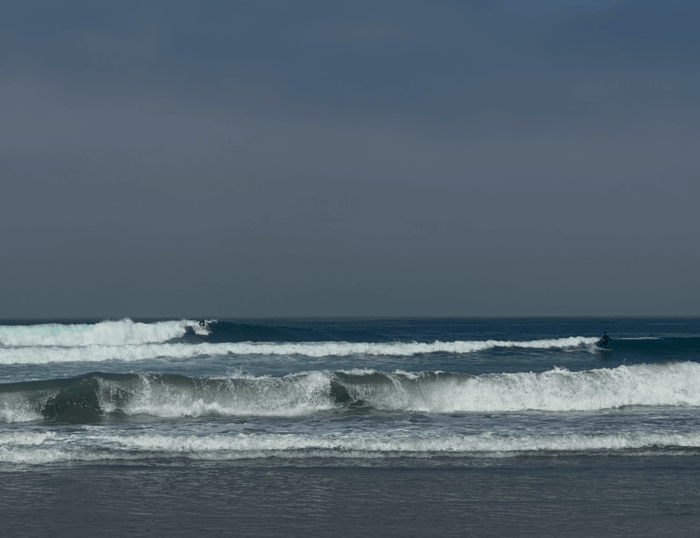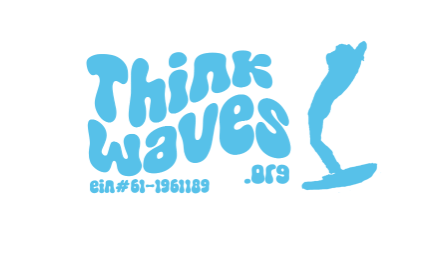Michael Willis Was Right on about Wave Pools Surfing’s Future Was Always in a Concrete Box
In 1991, when English author Andy Martin penned the cult classic Walking on Water, the idea that pro surfing would one day be dominated by wave pools was the stuff of absurdist satire. Or so most everyone at the time thought. The book’s protagonist Michael Willis, a visionary surfer with a penchant for surfing big waves and a passionate relationship with nature saw it coming decades ago.
Willis boldly predicted that the future of surfing would not be in the wild, unpredictable ocean, but in a sanitized, chlorinated pool where every wave is the same, every surfer gets a fair shot, and the only “shark” is a malfunctioning air pump.
Fast forward to today, and Willis is looking less like a lone visionary and more like the Nostradamus of the surf world. Wave pools are popping up everywhere—from the heartland of Texas to the industrial outskirts of Munich, from the deserts of Dubai to the suburbs of San Diego—and they’re not just for tourists anymore. Wave pools are the future of pro surfing.
The Rise of the Concrete Surfing Empire
Back in the 1990s, surfing was still a fringe activity, practiced by sunburned devotees who worshipped the ocean like a deity. The idea of surfing in a pool was laughable, like playing tennis on a trampoline or running a marathon on a treadmill. But Michael Willis saw things differently. He imagined a future where surfers would queue up for their turn on a perfect, man-made wave, where judges could actually see every maneuver, and where the only “wipeout” would be a technical glitch rather than a rogue riptide.
Today, that future is here. The global wave pool market is booming, with projections showing it could reach $2.8 billion by 2032. Surf parks are popping up at a record pace, with nine new wave pools opening in 2024 alone—the biggest single-year jump in history.
Companies like Kelly Slater Wave Company, American Wave Machines, and Wavegarden are building concrete lagoons that can churn out perfect waves on demand, and surfers are flocking to them like seagulls to a dropped bag of fries.
Why Wave Pools Are the Only Way Forward
Let’s face it: the ocean is a fickle beast. Waves come and go, tides shift, winds change, and sometimes the surf is just plain terrible. For pro surfers, this means that competitions can be ruined by a single bad swell, leaving judges scratching their heads and fans yawning.
For the Olympics, this is a nightmare. How can you have a fair competition if Mother Nature refuses to cooperate? At the Tokyo Olympics, surfers had to contend with choppy, unpredictable waves, leading to debates about fairness and consistency.
Enter the wave pool. With technology advanced enough to create consistent, perfectly shaped waves every time, every surfer gets the same chance to shine. No more blaming the conditions for a bad performance. No more waiting for weeks for the right swell. Just pure, unadulterated surfing—on demand. It’s like the difference between playing roulette and playing chess: one is luck, the other is skill.
And let’s not forget the accessibility factor. Not everyone lives near the coast, and not every country has world-class waves. Wave pools bring surfing to the masses, allowing landlocked nations to produce world-class surfers and giving everyone a shot at Olympic glory. The only thing missing is the smell of saltwater and the occasional jellyfish sting.
The Wave Pool Industrial Complex
The wave pool revolution isn’t just about surfing—it’s about money. Resorts, water parks, and even shopping malls are jumping on the wave pool bandwagon, eager to cash in on the latest trend in leisure tourism. Why build a boring old swimming pool when you can have a surf lagoon that attracts Instagram influencers and corporate retreats?
The technology behind these pools is mind-boggling. Some use massive air chambers to push water into perfect waves, others rely on hydraulic systems, and some even combine the best of both worlds. The result is a wave that’s as predictable as a McDonald’s cheeseburger—always the same, always satisfying, and always ready for your next Instagram post.
And the best part? Wave pools are safe. No sharks, no rip currents, no rogue waves. Just pure, controlled chaos. Parents can relax while their kids learn to surf, and pros can practice their aerials without worrying about being eaten by a shark or swept out to sea. It’s surfing for the risk-averse generation.
The Cultural Shift: From Ocean to Pool
Of course, not everyone is happy about this shift. Purists argue that surfing is about connecting with the ocean, about respecting nature and riding whatever the sea throws at you. They say that wave pools are the antithesis of surfing’s soul—a sterilized, commercialized version of a once-wild sport.
But let’s be honest: those purists are a dying breed. The new generation of surfers grew up on YouTube and video games, where every wave is perfect and every trick is possible. They don’t care about the “soul” of surfing—they care about getting barreled and going viral. And wave pools deliver.
Even the pros are coming around. Kelly Slater, the most over promoted pro surfer of all time, built his own wave pool in the middle of California’s Central Valley, and it’s become the gold standard for competitive surfing. Other pros are following suit, training in wave pools and pushing the limits of what’s possible on a perfect, man-made wave.
The Future: Surfing in a Box
So where does this leave us? Michael Willis was right all along. The future of surfing is in a pool, not the ocean. The only question is: how far will we go?
Already, there are plans for wave pools in shopping malls, on cruise ships, and even in underground bunkers. Why stop at surfing? Why not have wave pools for bodyboarding, kneeboarding, and even synchronized swimming? The possibilities are endless.
And let’s not forget the environmental angle.
Wave pools use less water than you’d think, and some are even designed to be energy-efficient and eco-friendly. Sure, they’re not as “natural” as the ocean, but neither is your iPhone or your Tesla. We’ve already traded nature for convenience in every other aspect of our lives—why should surfing be any different?
The Final Wipeout
In the end, Michael Willis’s vision has come true. Pro surfing is finally becoming egitimate, thanks to the wave pool revolution. The ocean will always be there for the purists, but for the rest of us—the Instagrammers, the Olympians, the suburban dads, and the corporate retreaters—the future is in a concrete box.
So next time you paddle out in a wave pool, take a moment to thank Michael Willis. He saw the future before anyone else, and now we’re all living in it. Surf’s up—in a pool, of course.
Epilogue: The Last Laugh
As the sun sets over the latest surf park in Dubai, a lone surfer paddles out for his turn on the perfect wave. He’s never seen the ocean, but that doesn’t matter. He’s living the dream—Michael Willis’s dream. And as he drops into the flawless, man-made barrel, he can’t help but smile. The future of surfing is here, and it’s chlorinated.
Bonus: Fun Facts About Wave Pools
• The world’s largest wave pool is in China. It’s big enough to hold an aircraft carrier (or so they say).
• Wave pools can produce waves up to 12 feet high. That’s taller than most pro surfers.
• Some wave pools use AI to optimize wave patterns. Because even surfing isn’t safe from the robots.
• You can now buy a “wave pool experience” as a gift. Perfect for the surfer who has everything—except access to the ocean.
In Conclusion
Michael Willis was right. The future of pro surfing is in a wave pool. And if you don’t believe it, just wait for the 2028 Olympics in Los Angeles. The ocean might get a cameo, but the real action will be in the pool. Surf’s up—just don’t forget your wristband.





